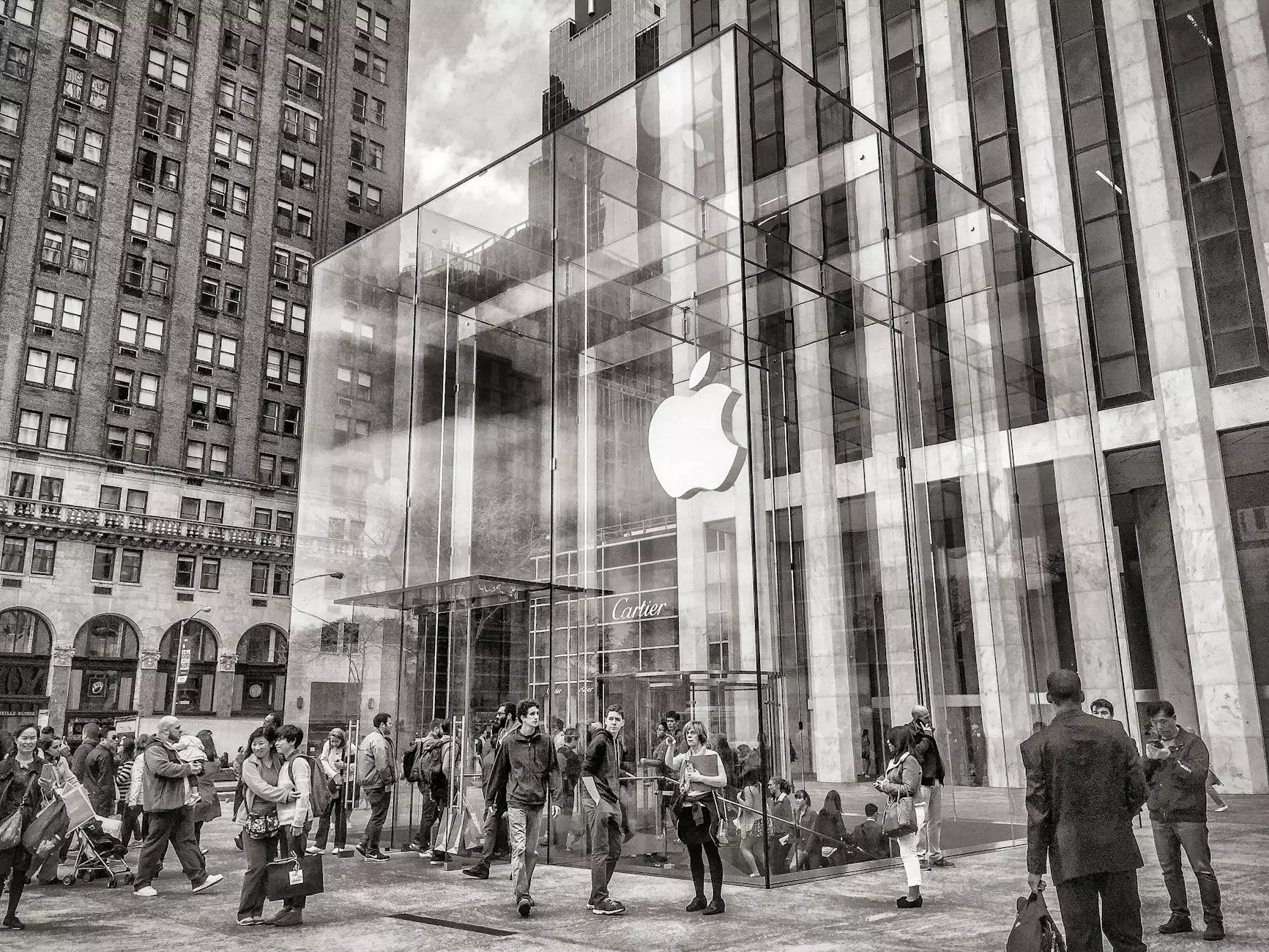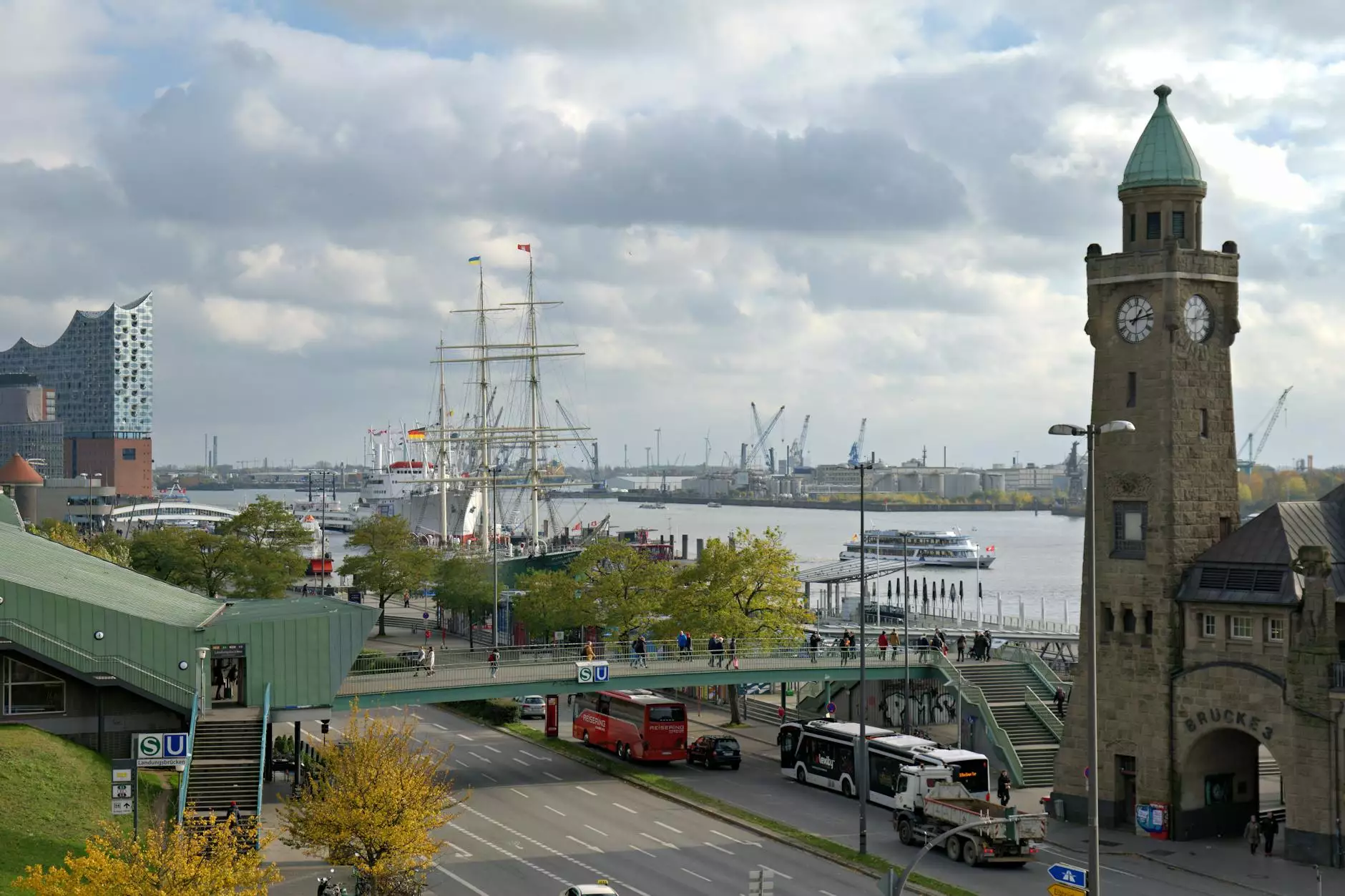Classic Plastics 1870s - 1970s
1800-1849
The Evolution of Plastics
Welcome to La Historia Society's Classic Plastics exhibition, where we dive into the captivating journey of plastics from the 1870s to the 1970s. Plastics have undoubtedly shaped our modern world, revolutionizing industries and everyday life. In this comprehensive exhibition, we invite you to explore the history, significance, and impact of classic plastics throughout the years.
Unveiling the Past: 1870s to 1900s
During the late 19th century, the first mass-produced plastics emerged, forever changing the manufacturing landscape. Celluloid, an early synthetic polymer, made its debut in the 1870s, becoming the first successful plastic material. Its versatility and affordability revolutionized various industries, including photography, fashion, and consumer goods.
In the early 1900s, new plastics materials emerged, such as Bakelite. Developed by Leo Baekeland, Bakelite marked the birth of thermosetting plastics. This breakthrough material found its way into numerous applications, from electrical insulators and automotive components to jewelry and home appliances.
Enter the Mid-20th Century: 1910s to 1950s
The 1910s to 1950s witnessed an explosion of innovation in the plastics industry. Synthetic materials like polystyrene, nylon, and polyethylene gained popularity, bringing forth new possibilities in various sectors. Plastic toys, kitchenware, and futuristic designs adorned the market, reflecting the era's excitement for the future.
World War II acted as a catalyst for further advancements in plastics. Nylon gained immense attention as a replacement for silk in parachutes and stockings, showcasing the material's incredible strength and versatility. These developments paved the way for a myriad of applications as the post-war era unfolded.
A Plastic Euphoria: The Swinging 1960s and Innovative 1970s
The 1960s and 1970s witnessed a plastic revolution characterized by bold experimentation and iconic designs. Acrylic, a transparent thermoplastic often called "Lucite" or "Plexiglas," became a popular choice for fashion accessories, home decor, and even psychedelic album covers.
Moreover, these decades saw the rise of polypropylene, a robust and flexible plastic that found its way into various consumer products, including furniture, automotive parts, and packaging materials. Its versatility and durability led to its widespread adoption, forever changing how we live and interact with the world around us.
The Impact and Significance of Classic Plastics
Classic plastics have had a profound impact on society, transforming industries and revolutionizing everyday life in numerous ways. From providing affordable consumer goods to enabling technological advancements, the legacy of classic plastics continues to shape our lives today.
Plastics have allowed for the mass production of essential items, improving accessibility and affordability. They have played a key role in industries such as fashion, automotive, electronics, and healthcare, enabling advancements and enhancing convenience.
Visit Our Classic Plastics Exhibition
Are you ready to immerse yourself in the history and evolution of classic plastics from the 1870s to the 1970s? Visit La Historia Society's gallery and witness the iconic designs, remarkable innovations, and timeless artifacts that have defined an era. Our exhibition offers a rich and insightful experience for all those seeking to delve into the world of classic plastics.
Join us at La Historia Society and let the magic of classic plastics captivate your imagination. Step into a journey that will transport you through time and leave you with a deeper appreciation for the incredible impact of plastics on society.










